These tiny birds need more habitat. Can urban rewilding help?
In Sydney and Melbourne, a coalition of residents, officials and researchers is working to find ways to build more habitat for the superb fairywren and other threatened birds.
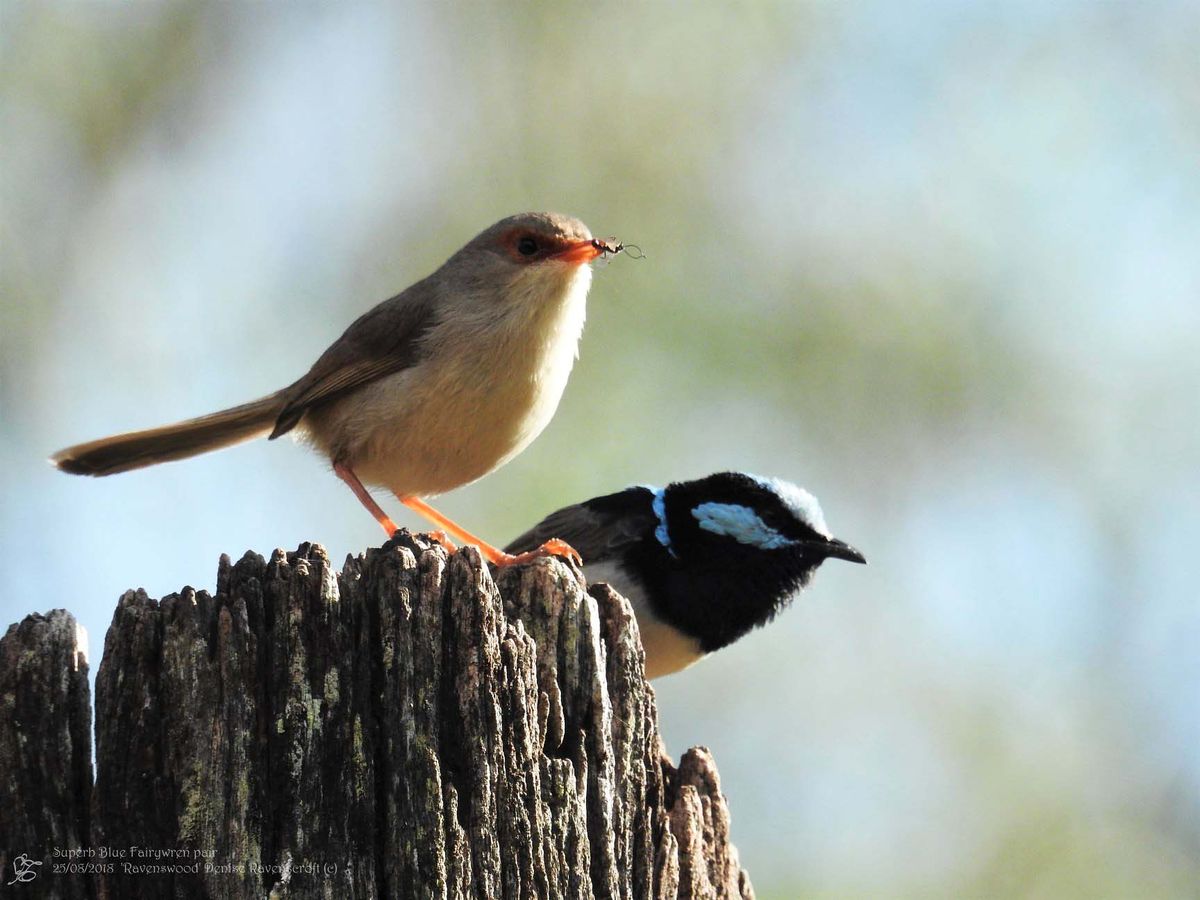
In heaven – or at least my interpretation of it – you might hear the silver chirps first. Or, you might be surprised by an impossibly tiny winged thing, a brown soft-feathered ball, legs splayed for a moment on a branch.
That would be a female superb fairywren. But it was a male that amazed me first, with its head of iridescent blue, at the South Coogee Wetlands in Sydney, Australia. Situated atop magnificent cliffs, the revegetated parkland lets you walk past little rock waterfalls tinkling into reeds, a grand shining ocean and – in tangled branches of dense shrubbery planted all along the coastal walk – small, electrifying wrens. Heaven indeed.
For generations, these flamboyant avians were everywhere in the city. “A century ago, small birds dominated around Sydney (fairywrens, small honeyeaters, yellow robins), not the large birds of today (magpies, currawongs, noisy miners),” ornithologist Tim Low wrote in his 2014 bestseller Where Song Began. Sadly, the little ones no longer hop across urban backyards, sticking close to rare pockets like these wetlands instead.
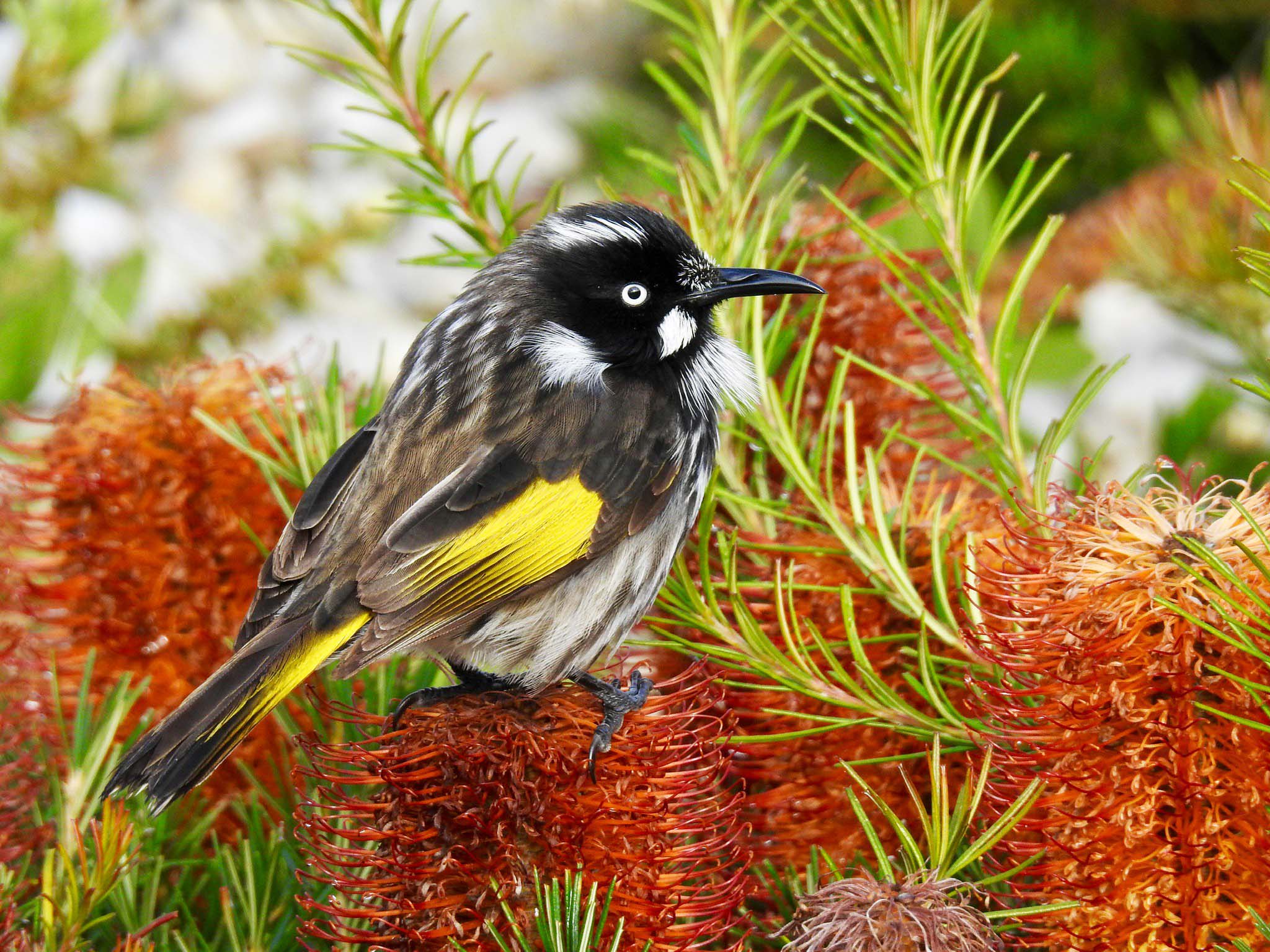
But there’s hope. The superb fairywren – Australia’s 2021 bird of the year – is the poster child for two projects aiming to bring the small birds back to city life in both Sydney and Melbourne. So far, results are slow going yet encouraging.
Annual reported fairywren sightings have declined markedly in Australia’s cities over the past decade. “These much-loved birds are usually found in suburbs that have corridors of native bushland close by so their rapid disappearance, along with a number of other small bush birds, is cause for grave concern,” BirdLife Australia said in a 2021 statement, adding that the probable cause was a loss of rich and diverse habitat due to urban sprawl and infill development. “With fewer bushy gardens for these small birds to retreat to, we are losing them entirely from our cities.”
In Melbourne, the plan to stop this loss is surprisingly simple: Boost ecological connectivity by revegetating the beautiful Royal Park, band some fairywrens for identification, and harness social media and citizen science to find out exactly where the birds live in the city – and how many there are.
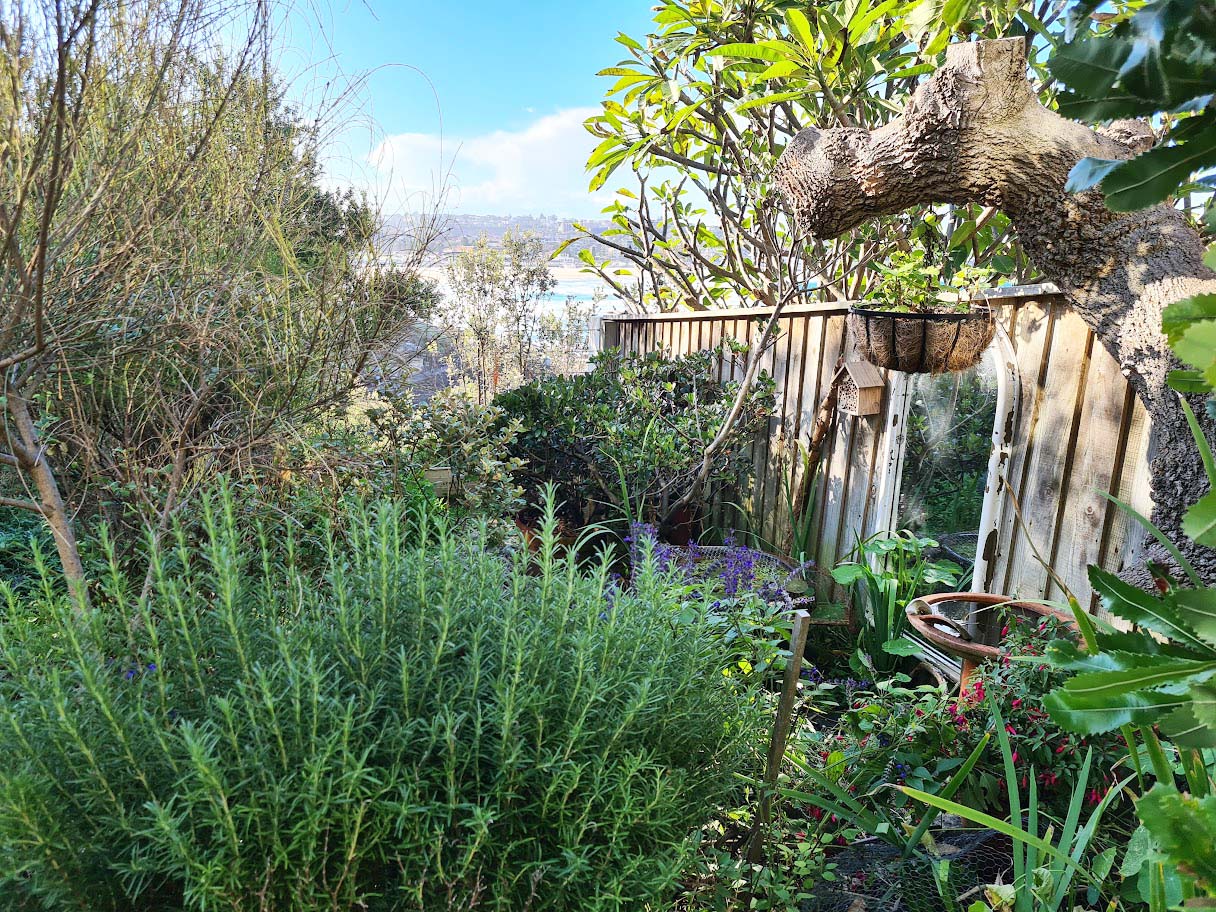
They're still working on the habitat, but the Superb City Wrens project has already produced surprising results. In November 2022, local volunteers spent 15 minutes each in 50 locations, entering sightings of fairywrens and other small birds into BioCollect, a citizen science app. These 390 “wren watches” yielded 51 fairywren sightings, many in unexpected places.
Some of the locations were far from Royal Park. That’s an encouraging sign, says project leader Holly Kirk, urban ecologist for Melbourne’s RMIT University. (RMIT has partnered with BirdLife Australia and the City of Melbourne for the project.)
“In cities, it’s these kinds of small fragments of native vegetation that become really important for lots of different species and can often get overlooked,” she says. Once these key habitats are identified, they can be saved.

On the east coast of the country, the Living Connections program has been working since 2019 to return fairywrens and New Holland honeyeaters to backyards in the highly urbanized Sydney suburbs of Tamarama and Bronte.
The local council has provided 280 households with tailored expert advice and free native plants, with the aim of strengthening two habitat corridors between the revegetated coastal walk and the grand Centennial Park several kilometres away.
The response has been overwhelmingly positive, environment officer Sam McGuinness says. “We’ve got a constant stream of participants who are enthused and wanting to create local habitat. There’s a huge diversity of property types – apartments, semis, small to large households. They’ve all got opportunities to create habitat.”
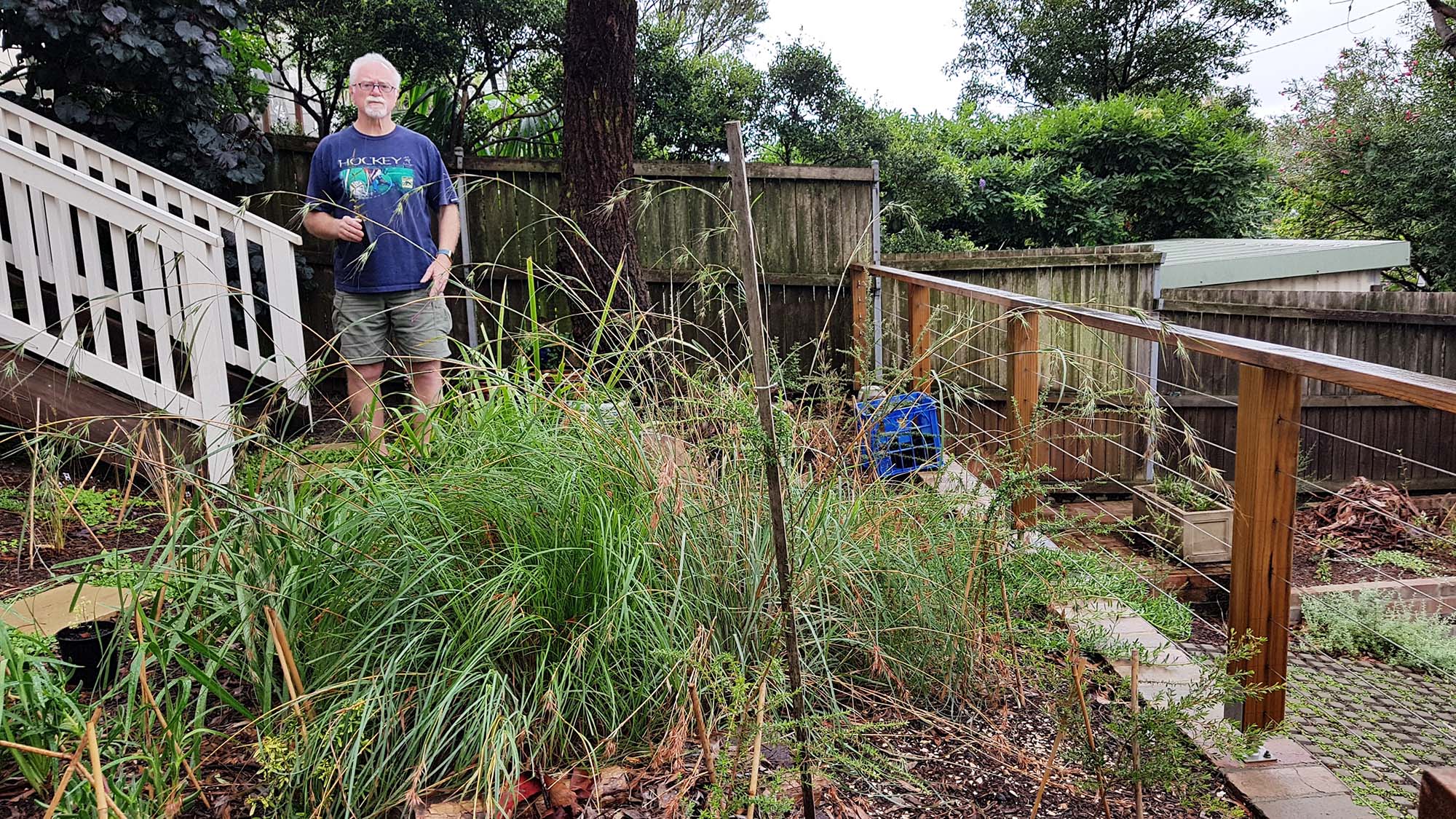
Phil Mckay transformed his property through the program, removing all the grass from his yard and creating endemic scrub with an initial 30 seedlings from Living Connections. Three years later, he’s up to 90 small bird–friendly native plants – yet things haven’t turned out exactly as he’d hoped.
Years ago, he used to see superb fairywrens in the garden all the time, he says. And while he’s delighted with the abundance of wildlife and insects in his revegetated yard – sightings have included native bees, wasps, dragonflies and lizards – the small birds have yet to return.
He blames pets and rampant development in the area. “I don’t think it’s going to happen,” he says. “There’s heavy traffic, a lot of construction, a lot of home renovations going on.” It’s “too much noise, too many disturbances, not enough places to hide,” he adds. “Too many threats for them.”
But as with Superb City Wrens, it’s still early days for Living Connections; the new plants haven’t even fully matured.
“We’ve seen some improvement along the coastal front where council plantings have created additional habitat,” McGuinness says. “We’re just waiting to see the extent to which those small birds can travel along the habitat corridors. We haven’t noticed a huge shift yet, but that is our goal.”
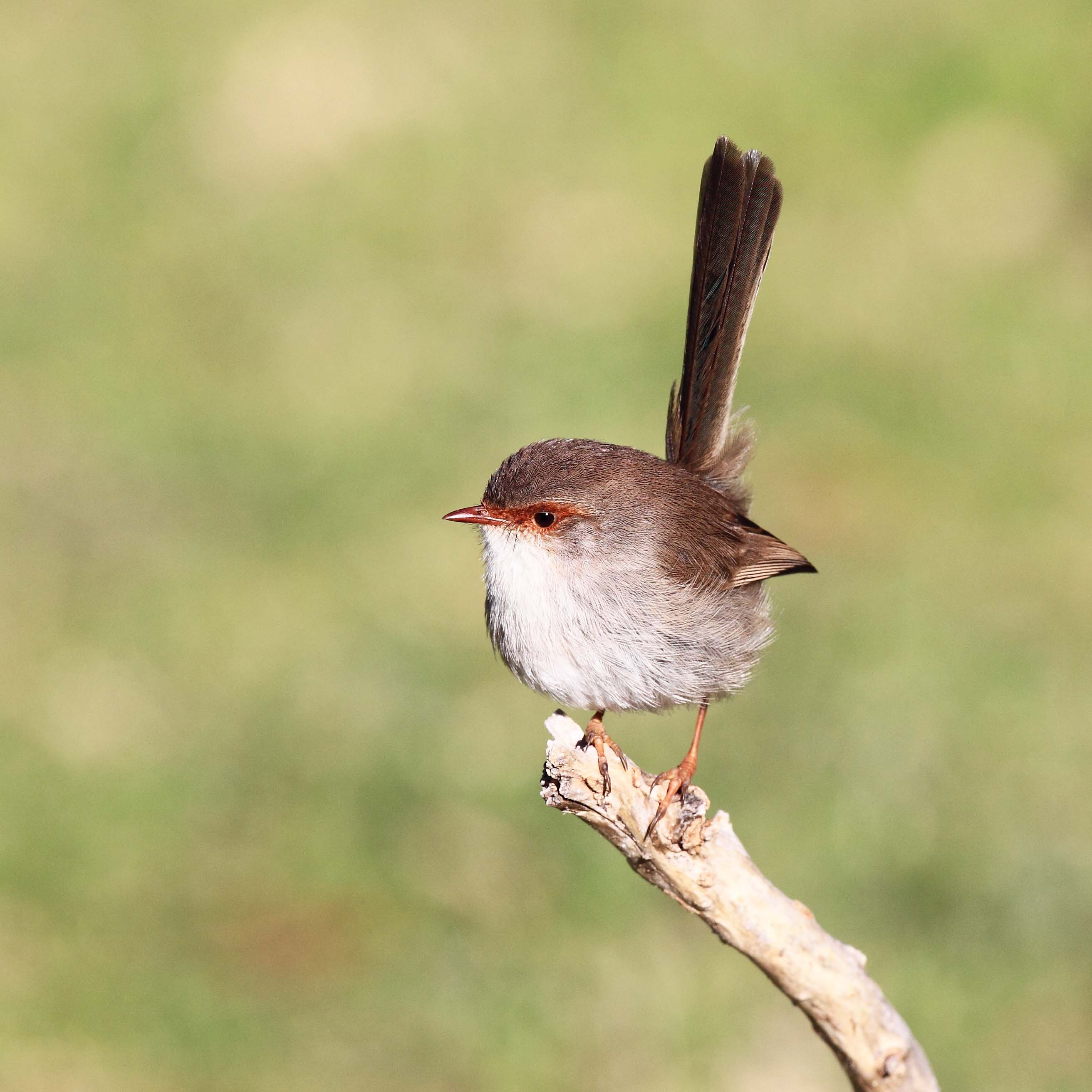
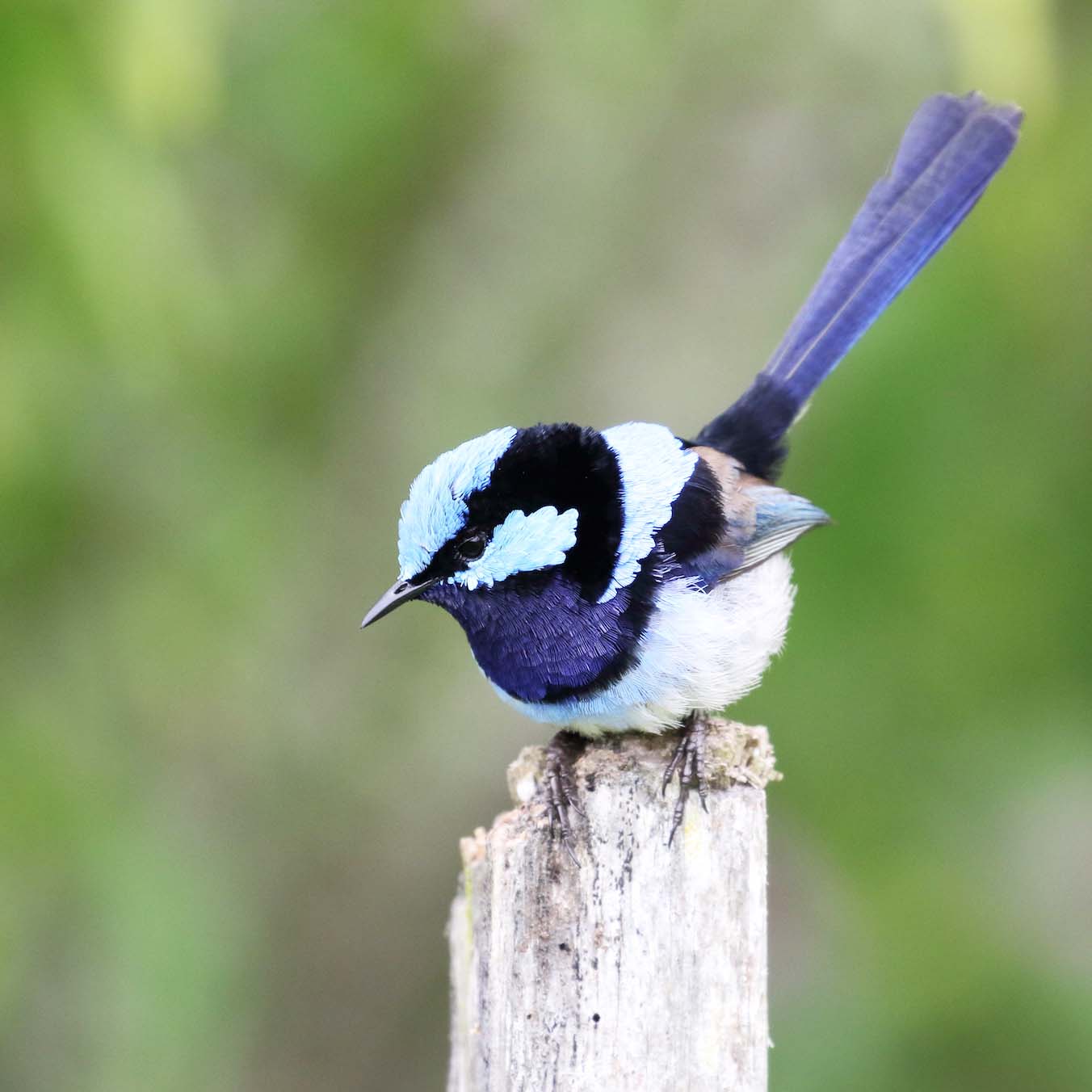
How to get involved
City planning is key to creating bird-friendly cities, but grassroots action can play a powerful role. “Lots of really exciting work is taking place on a much smaller scale,” Kirk says.
If possible, revegetate your own property for small birds, especially if you’re near remnant habitat. Living Connections proves that you don’t need much yard space when you’re working with other households to create ecological connectivity.
Or target a park, as Superb City Wrens is doing. That could involve joining (or forming) a local land-care group, and may require working with your city council.
Social media also has a place. Facebook groups are great for project updates, success stories and organizing bird counts.





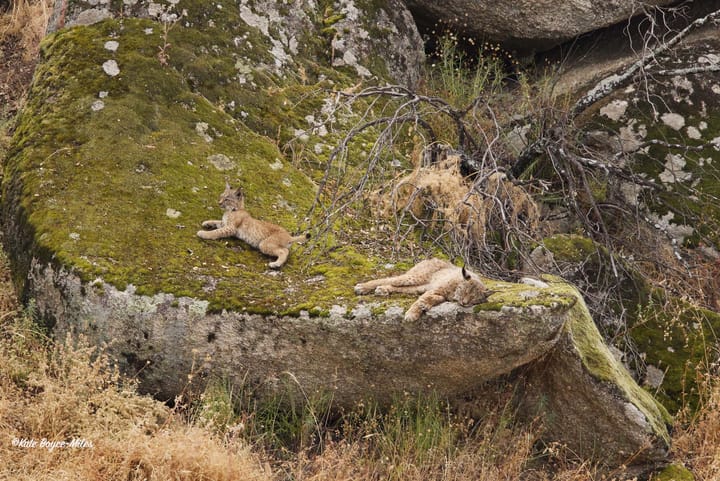
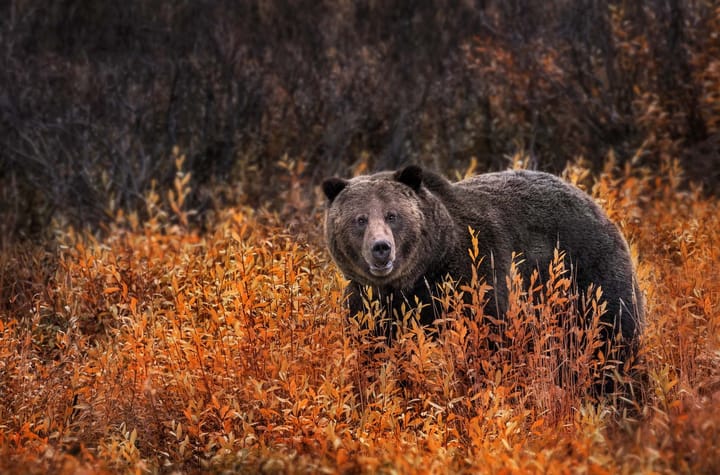



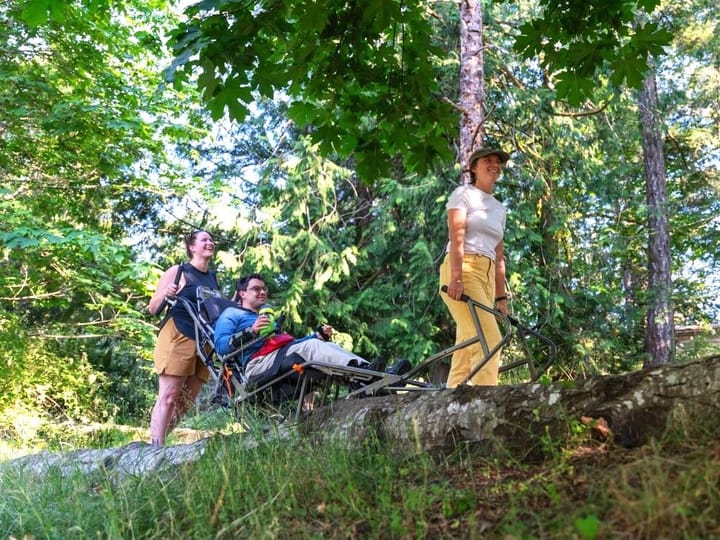

Comments ()